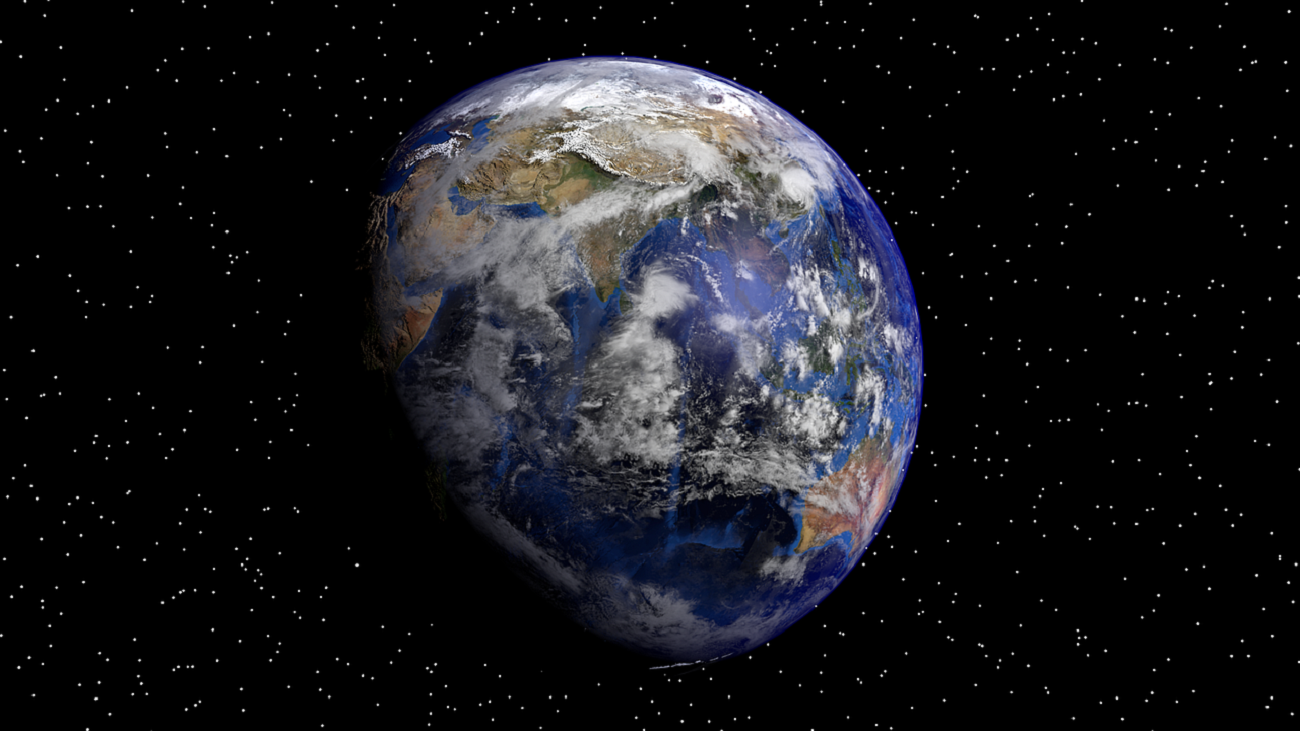If all goes well, in just two years astronomers will have entirely new eyes on one of the earliest stages in the history of the universe, when the first stars and galaxies were just forming. This will be possible thanks to the placement of the new observatory in a very unusual location.
We are talking about the American instrument Lunar Surface Electromagnetics Experiment-Night (LuSEE-Night), which is scheduled to be launched on a special lunar lander towards the side of the Moon that is not visible from Earth at the end of 2025. There, after landing and deployment, it will be LuSEE- Night is able to listen into space in a way that no radio telescope on Earth can.
The fact that the far side of the Moon would be an ideal place for observing the early universe, and therefore smaller and larger radio telescopes should be placed on it, has been said for years. But the problem is that so far we don’t have the technology to build any facilities in this place efficiently.
Suffice it to recall here that the only object to have landed so far on the far side of our natural satellite is the Chinese rover Yutu 2, which arrived there aboard the Chang’e 4 probe. From a small rover to a large radio telescope, however, there is a way. Long to go.
Ironically, the difficulties associated with landing and operating anything on the far side of the Moon are caused by the very thing that is the greatest advantage of this place.
Why is the far side of the moon invisible from Earth?
The Moon, as you know, always faces the Earth with the same side. This means that an astronaut standing in the center of the visible side of the moon will always be able to see the earth whether it is day or night on the moon. The sun will come and go, but the earth will always be in his sight.
So, of course, if we put an astronaut on the far side of the moon, the Earth wouldn’t be visible from there. Once again, the sun will appear, and the day will last 14 days, followed by night for another 14 days. On the other hand, the Earth will never appear, and will always be on the far side of the Moon.
As a result of technological development, the inhabitants of the Earth have learned to emit huge amounts of radiation into space in the entire range of the spectrum: radio, television, the Internet and satellites. All of these instruments are constantly making a lot of “noise” around the Earth. However, an astronaut or a radio telescope on the far side of the Moon wouldn’t hear all that noise. Because it is veiled from it … the moon itself. It really is the only quiet place in space near us.
This, of course, is a problem for any operator on the ground at this location. There is no way to contact them directly. Chinese engineers were to send the Queqiao satellite beyond the moon, which from its vantage point sees the Earth and the side of the Moon that is not visible from Earth. The Yutu 2 rover sends data collected on the moon to Queqiao, who then sends it back to Earth. From Earth, commands are sent to the rover in exactly the same way.
LuSEE-Night – What will you notice?
Building a large radio telescope on the Moon is a song from the distant future. Despite this, scientists decided to create a miniature version of this radio telescope, which most likely will not discover anything new, but would be ideal for testing technology. After landing on the moon, it will try to tune in and listen for radiation from 400,000 to 400 million years after the Big Bang, when the first stars and galaxies were just forming. To this end, its instruments: antennas, radio receivers and spectrometers will listen for extremely weak radio waves coming from the so-called dark ages of the universe.
The success of these observations may prompt space agencies to consider building larger instruments of this kind on the moon. Scientists suggest that they could have the potential to discover the nature of dark energy or better understand the processes that occur after the creation of the universe.
LuSEE-Night still has a lot of challenges ahead. A radio telescope has to deal with a very hostile environment. During the lunar day, it will have to endure temperatures of up to 121 degrees Celsius, and make observations during the lunar night at -173 degrees Celsius. The plan for the tool is to keep the notes for two years.

Echo Richards embodies a personality that is a delightful contradiction: a humble musicaholic who never brags about her expansive knowledge of both classic and contemporary tunes. Infuriatingly modest, one would never know from a mere conversation how deeply entrenched she is in the world of music. This passion seamlessly translates into her problem-solving skills, with Echo often drawing inspiration from melodies and rhythms. A voracious reader, she dives deep into literature, using stories to influence her own hardcore writing. Her spirited advocacy for alcohol isn’t about mere indulgence, but about celebrating life’s poignant moments.










